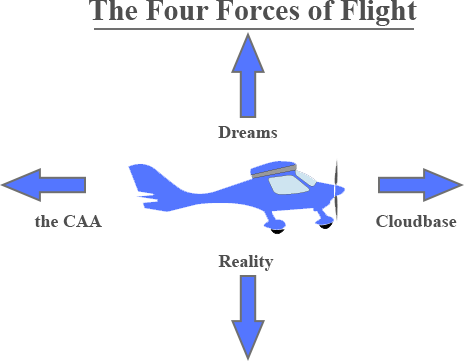Microlight Flying Lessons
Microlight Lessons – Getting Your Microlight Flying Licence
Legally, what is a Microlight?
A microlight aeroplane is one designed to carry not more than two persons which has a
Maximum Total Weight Authorised (MTWA) not exceeding:
- 300 kg for a single seat landplane.
- 390 kg for an amateur built single seat landplane for which a UK Permit to Fly or Certificate of Airworthiness was in force prior to 1 January 2003
- 450 kg for a two seat landplane
- 330 kg for a single seat amphibian or floatplane
- 495 kg for a two seat amphibian or floatplane
- 315kg for a single seat landplane equipped with an airframe mounted total recovery parachute system
- 472.5kg for a two-seat landplane equipped with an airframe mounted total recovery parachute system
- A microlight must also have a stalling speed at the maximum weight authorised not exceeding 35 knots calibrated speed.
All UK registered aeroplanes falling within these parameters are Microlite aeroplanes.
Evolution of the Microlight
Cloudbase Aviation Flying School has been offering microlight training in the UK since 1987. During that time we have seen the full development of the ‘microlight’ aircraft. From very basic flex-wing design to super light ‘sports’ aircraft such as the CT2K that we operate now.
The ‘new-age’ microlight aircraft are faster, cheaper and more reliable than their old ‘group A’ counterparts.

What sorts of licences are there for Microlights?
There are two types. A National Private Pilots Licence Microlight Class Rating Without Operational Limitations is a full licence. With one of these, a pilot may fly anywhere within the regulations.
There is also a restricted licence with operational limitations; the lower level of experience required means that you may not carry a passenger and may not fly more than eight miles from the home airfield. Lower weather limits also apply to restricted licences.
Who administers this law?
In the UK, the Civil Aviation Authority (CAA) administers flying regulations, but part of the responsibility for issuing the NPPL lies with the British Microlight Aircraft Association (BMAA) for ratings.
Cloudbase Flying School offers instruction towards the Microlight licence – NPPL(M).
Click here for the Microlight syllabus.
What is needed to get a full licence?
To gain your National Private Pilot’s Licence Microlights Class Rating Without Operational Limitation you must complete a minimum of 25 hours training of which ten hours must be solo flying; this includes five hours navigation flying of which three must be solo. There is a General Flying Test (the GFT) to take and some exams for which we provide ground school lectures.
What is needed to get a restricted licence?
You can achieve your restricted licence with 15 hours of microlight lessons – eight hours dual training and seven hours solo. This allows you to become a pilot quicker (and more cheaply) and to take the restrictions off at a later date. You can choose to skip the restricted licence and go directly for the full version if you wish.
How long does it take to get a licence?
The time it takes to qualify for your licence will depend on how fast you develop the flying skills you’ll need. It helps if you fly regularly since that minimises the amount of re-learning you’ll have to do at the start of each lesson. The first big milestone will be your first solo flight – an utterly amazing flying experience. After that you’ll be building up your hours and your skills, practising more advanced manoeuvres and navigation and preparing for your GFT.
What exams do I have to take?
There are five exams which you need to pass to gain your licence;
- Air Law
- Navigation
- Meteorology
- Aircraft Technical
- Human Factors and Performance
You will also need to take the Radio Telephony exam if you intend to use a radio in flight, which in practice you will need to do.
They may sound daunting, but they are actually quite straightforward. Cloudbase sells the books you’ll need and runs evening lectures which cover each of the subjects in detail, after which you can take the exam itself. The test papers consist of multiple-choice questions so there’s no essay-writing to do!
What are the medical requirements?
The medical requirements are much more straightforward than those for heavier aircraft. You sign a declaration of fitness on a standard form which Cloudbase can supply and then simply have it countersigned by your own doctor. If you are fit enough to drive, you are probably fit enough to fly. If you have any condition which may make it unsafe for you to fly, you should discuss this with your doctor. If you are still uncertain you can contact a CAA medical examiner.
Where can I find out more?
Cloudbase can give you a full rundown on what it takes to get your licence, so please do give us a call or pop along to the airfield to discuss your plans and have a look around.
For details of everything you need to know about microlight flying in the UK you should also take a look at the British Microlight Aircraft Association web site.
Finally, take a look at this promotional video for the aircraft we fly at Cloudbase; the Flight Design CT2k. Why not book a flight with us and start your microlight flying journey in this amazing machine!
